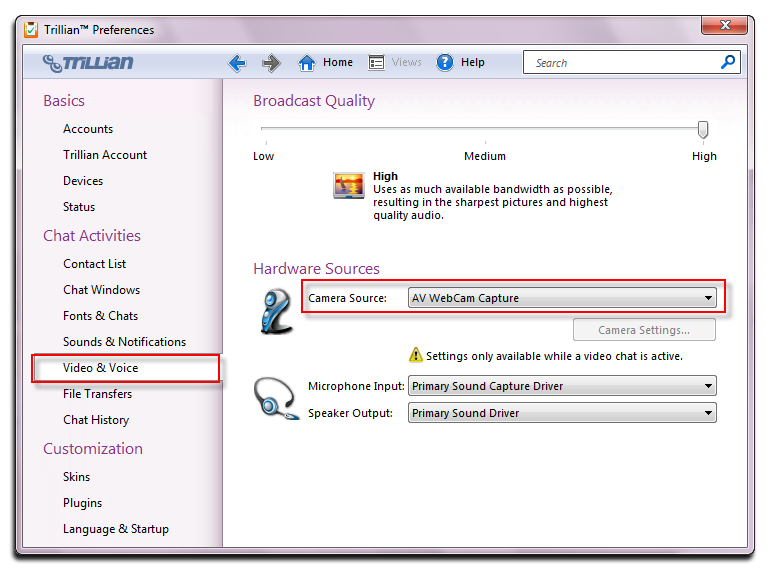
Users need different pools to be fed and draw from the streams of interaction to feed their pools and reciprocally place information in the streams to feed the pools of others. Pools of awareness are held within users and gradually fill via signals from others. We present a theory of the dynamic creation of awareness via computer-mediated communication illustrated by a metaphor of pools fed from streams of interaction.

In computer-mediated communication (CMC) contexts, this awareness information is not readily available and thus needs to be actively signaled by users or technology or otherwise conveyed as byproduct of the ongoing interaction. In face-to-face contexts, information about the activities, context or emotions of others is typically available and often taken for granted. The results of the study thus provide managers with the opportunity to take a deeper look into the sources of their Scrum problems and provide them with an understanding as to how they may prevent these interruptions from causing long term, negative effects on the project and the team. Results from this study reveal the need to conduct possible future research on: ways to prevent these forms of sprint interruption from having negative effects on the Scrum team and the project and the effect that these interruptions have on the relevant stakeholders involved. After analysis, five theoretical statements were formulated pertaining to: poorly understood and defined objectives from clients, management's lack of understanding of Scrum processes, high workload, ad-hoc requests mid-sprint, and low interdepartmental communication. In particular, data was collected through the following methods: 12 face-to-face, one-on-one interviews with participating Scrum team members and 1 group discussion with 8 participating Scrum team members. Case studies were conducted which included 3 companies in Johannesburg and Cape Town that have implemented Scrum. The purpose of this research is to determine the factors leading to interruptions in the middle of a sprint while using Scrum. While Scrum, in many aspects of the methodology, is highly effective and successful within different organisations, there are always going to be pitfalls and negative attributes associated with the adoption and use of a new methodology. Various organisations within South Africa have implemented Scrum within their development teams and are fast receiving positive benefits from it.
#Start up trillian software
The chapter focuses on what sets Trillian apart from other instant messaging clients and briefly describes these three clients.Scrum, a form of agile project management methodology, comes with many benefits derived from the iterative form of software development.

Web-based clients can present a unique security issue where restrictions on software installation can be bypassed, circumventing the security and corporate policies that prevent instant messaging clients from being installed. These clients are usually capable of limited functionality, such as sending text messages.

#Start up trillian install
Web-based clients are often used only when a user is unable to install a full-featured client on a system, possibly because of the restrictions on a workstation. Google Talk is a basic instant messaging client that handles only two functions: text messaging and Voice over Internet Protocol (VoIP). Trillian is one of the most popular clients for Windows-based workstations and includes the feature of free, built-in encryption for messaging sessions. There are many third-party instant messaging clients that have the capability to connect to multiple services-such as AOL Instant Messenger (AIM), Yahoo!, and MSN-without needing to install the services dedicated clients.


 0 kommentar(er)
0 kommentar(er)
